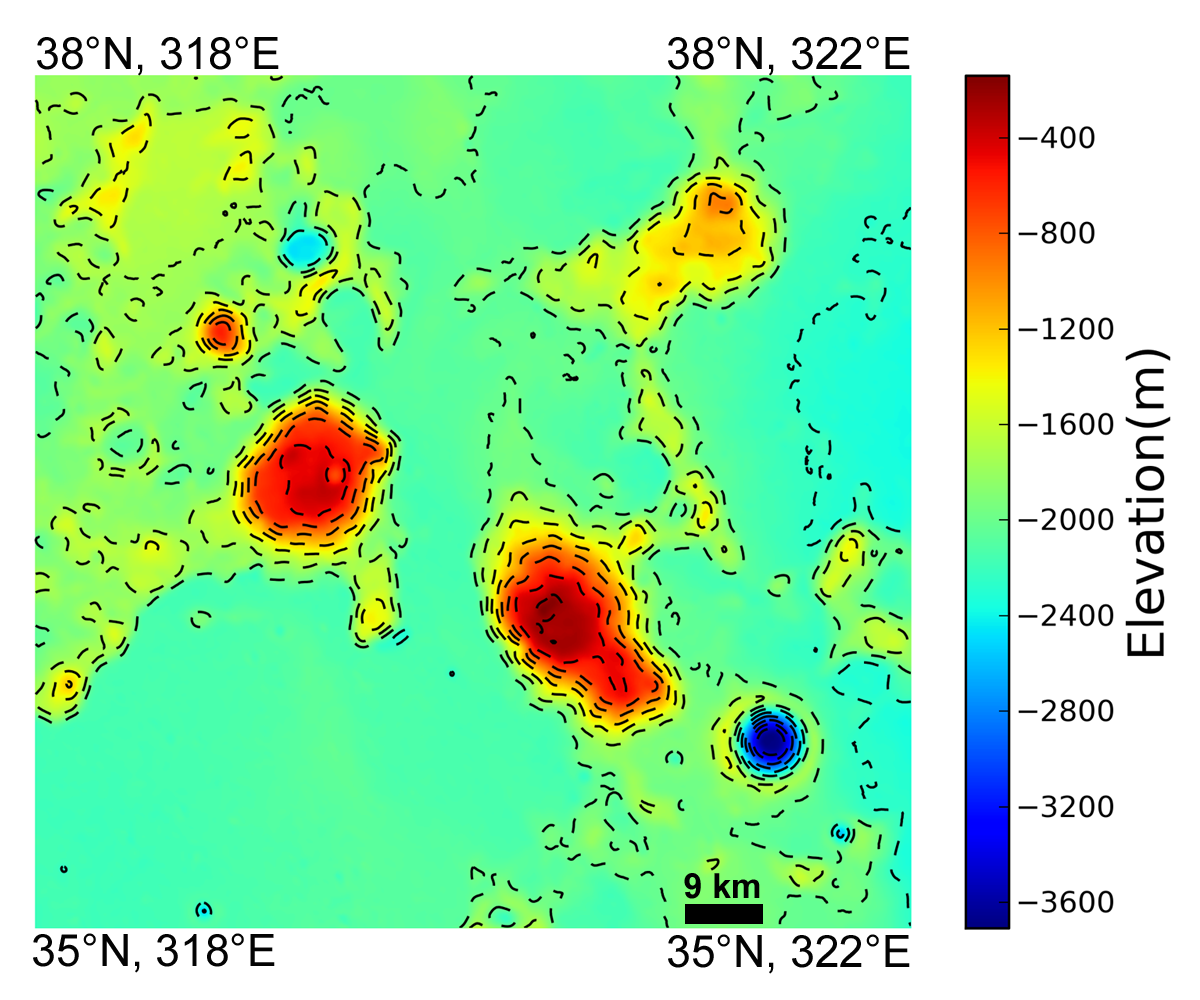
The last LROC Featured Image post on the Gruithuisen Domes featured some of the earliest NAC coverage of this amazing region. Now LROC brings you even more dramatic views of these volcanic domes from an oblique angle (viewing from East to West) at an altitude of 154 km (~96 miles) above the lunar surface. Located along the mare/highlands boundary on the northeast border of Oceanus Procellarum (36.6°N, 319.9°E), the three Gruithuisen domes Gamma, Delta, and Northwest (NW) are primary examples of lunar silicic volcanism.
Silicic volcanism is relatively rare on the Moon. The Gruithuisen Domes pre-date the lunar mare in this region, so some portion of these domes has been covered by mare basalt, although there are also contacts with the older highlands material. Silicic volcanism might have been more widespread during the Moon's early history, however, any evidence for that may be buried beneath the maria. We know that the composition of the Gruithuisen Domes are different from that of the mare and the highlands from Earth-based telescopes, Lunar Prospector gamma-ray spectroscopy data, and Clementine multispectral data. The Gruithuisen Domes are characterized by relatively high reflectance and strong absorptions in the visible and ultraviolet. The Domes are also low in iron and titanium abundance compared to the lunar maria. New data from the Diviner instrument on the LRO spacecraft confirmed that the Gruithuisen Domes are silicic.
Experience the full resolution oblique image below!
Related Images:
Gruithuisen Domes - Constellation Region of Interest
Compton Belkovich - Constellation Region of Interest
Hortensius Domes - Constellation Region of Interest
Published by Sarah Braden on 4 March 2013

